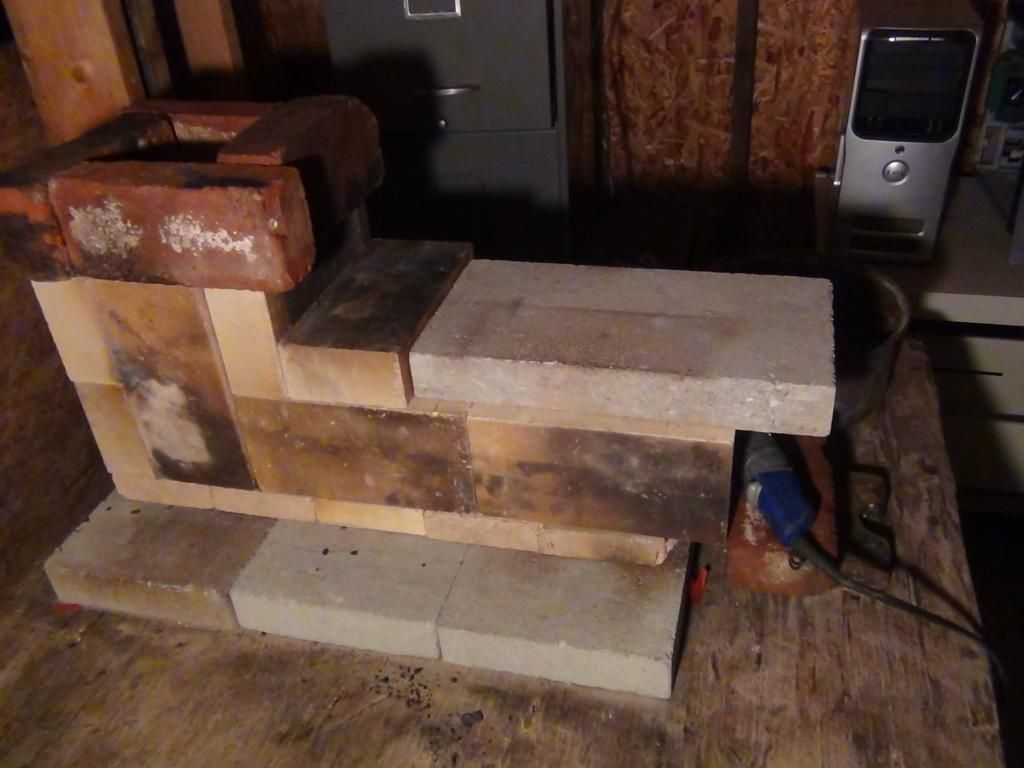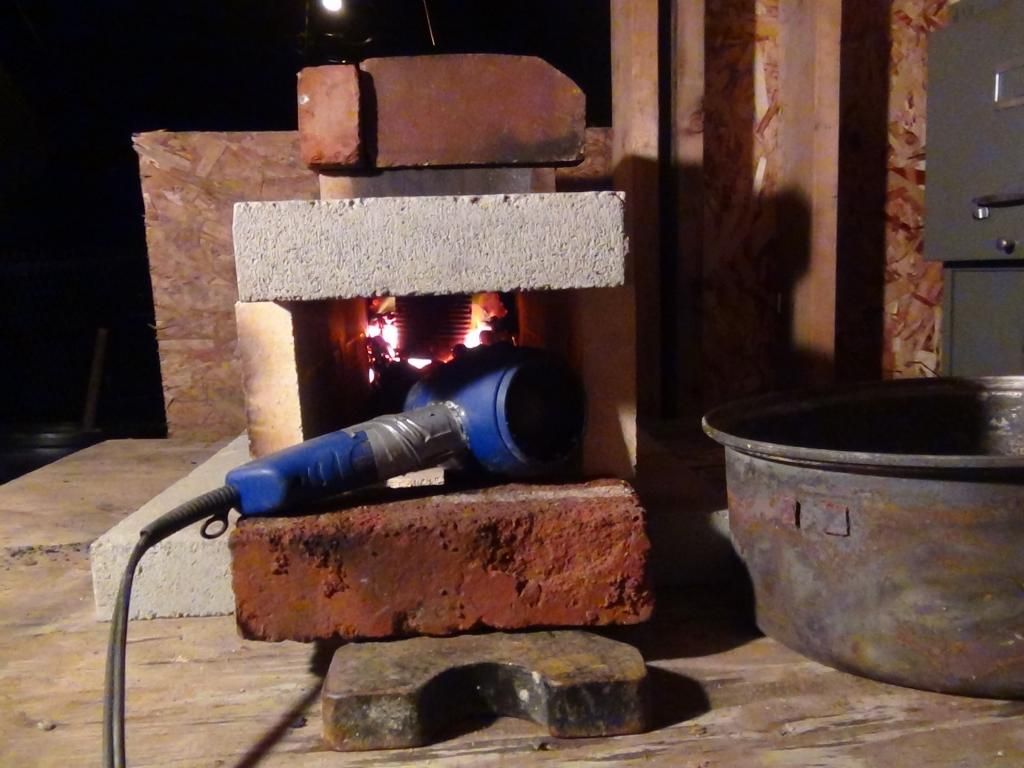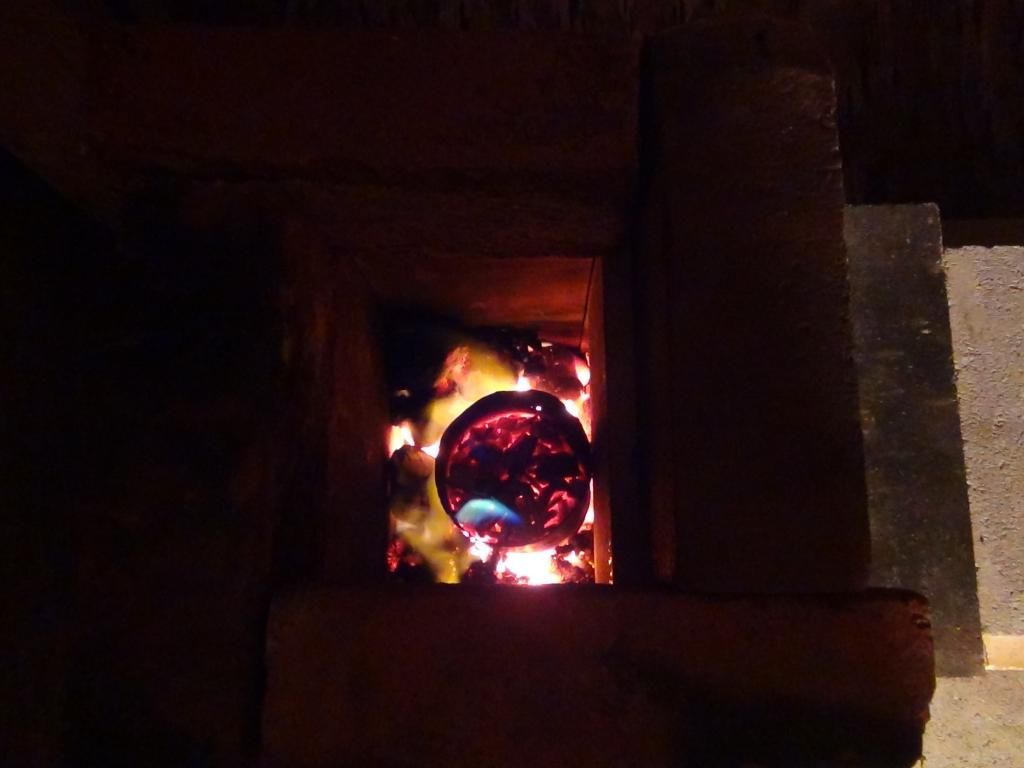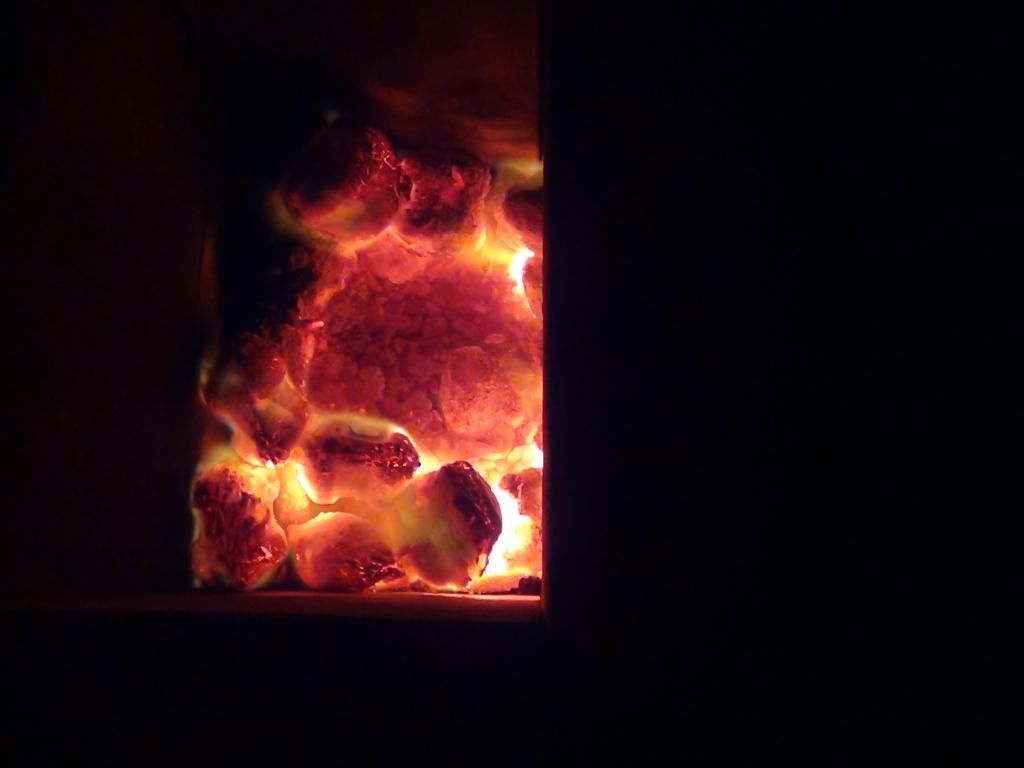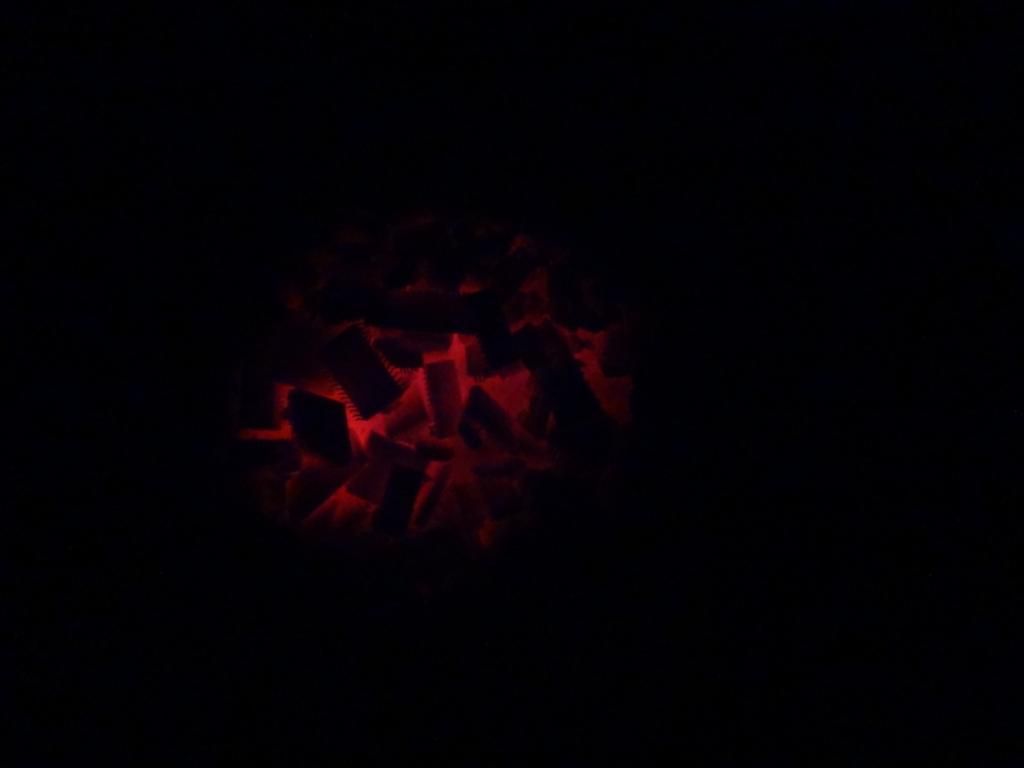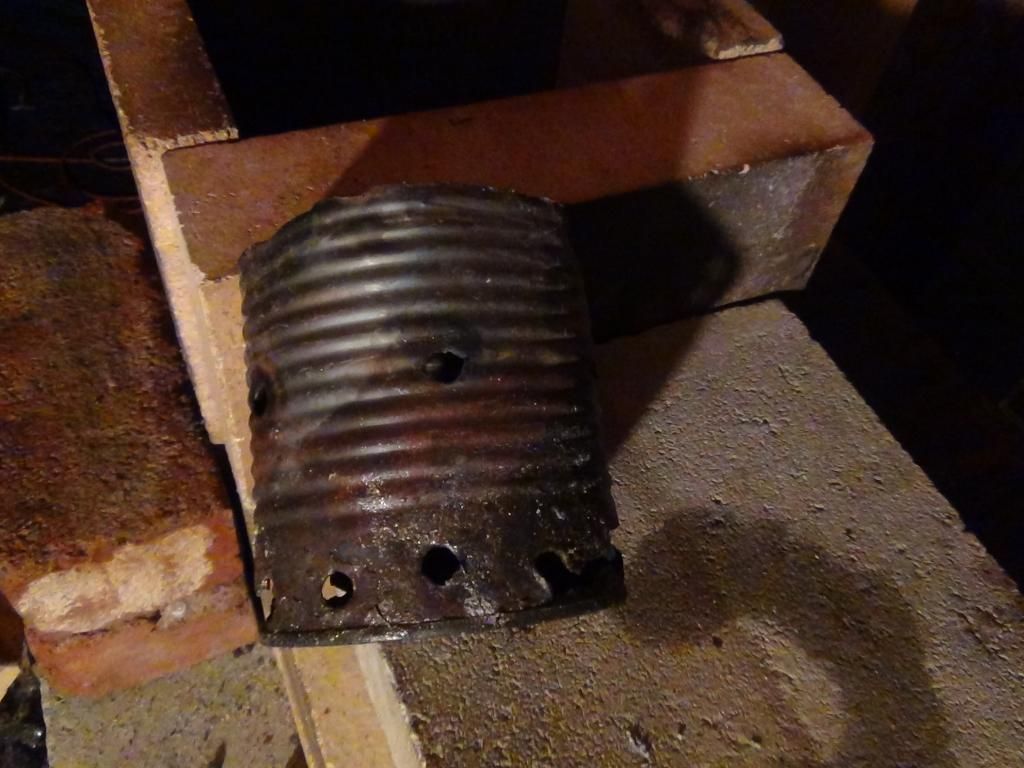patnor1011
Well-known member
I can remove most of burned carbon from s/n as there is no metal inside so no problem to get rid of nearly all of that. Problem is when concentrating values from IC chips due to large amount of metal pins inside. If you crush too hard, gold will smear on pins, also bonding wires disintegrate to very small particles - which is not happening with wires from s/n.
I just processed 914 grams mixed IC from boards, yield was 1 gram. After second refining.
I just processed 914 grams mixed IC from boards, yield was 1 gram. After second refining.








